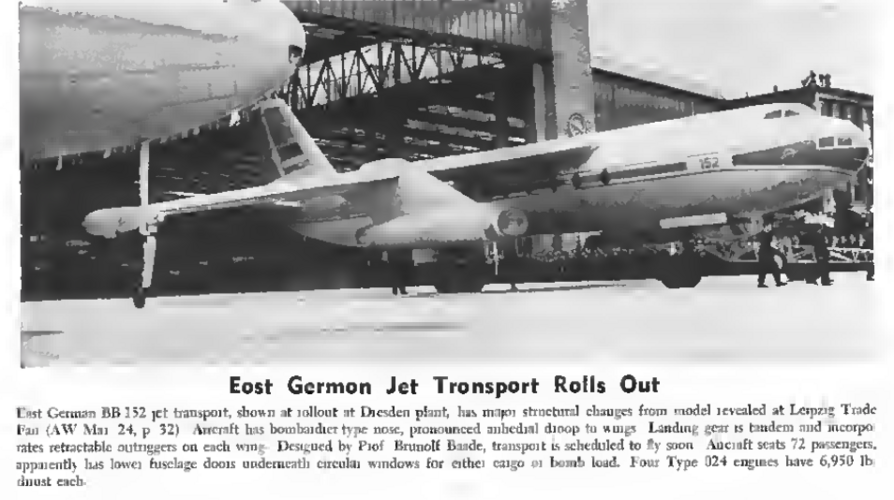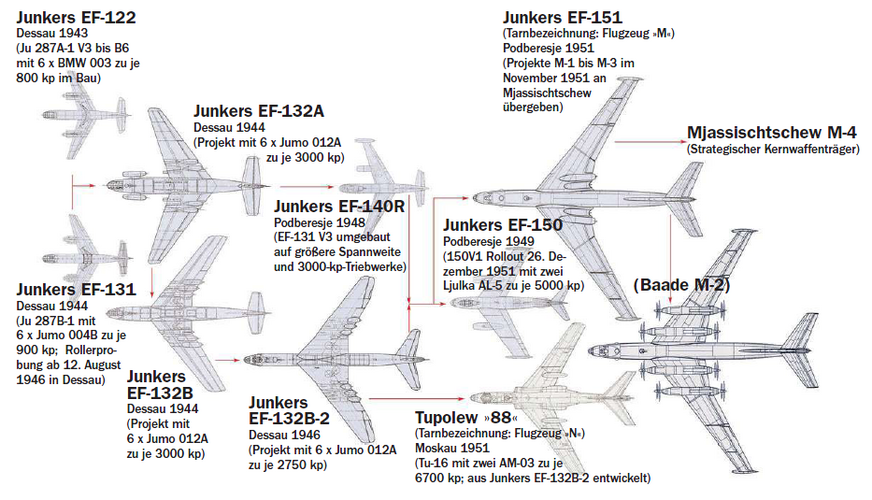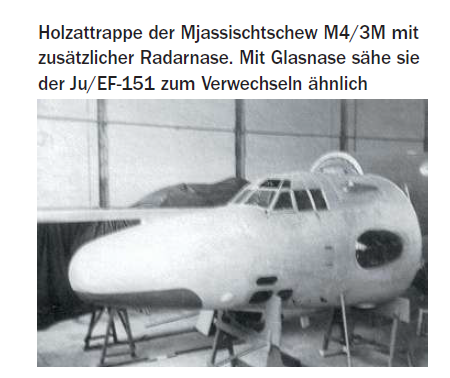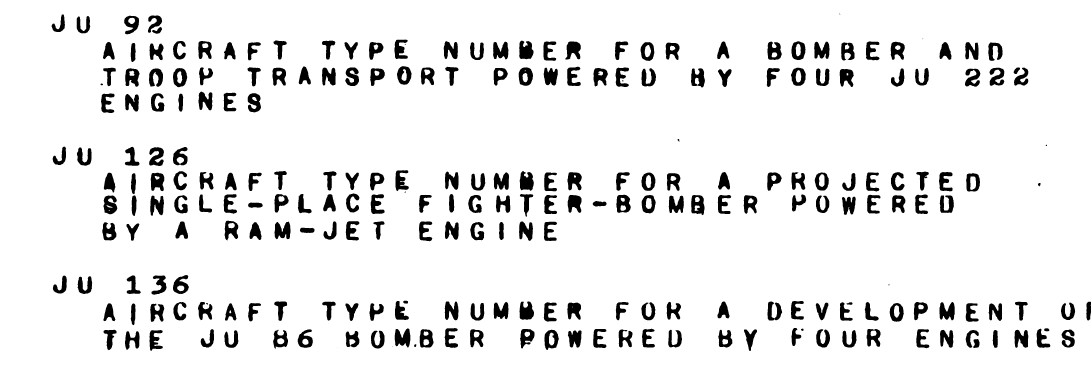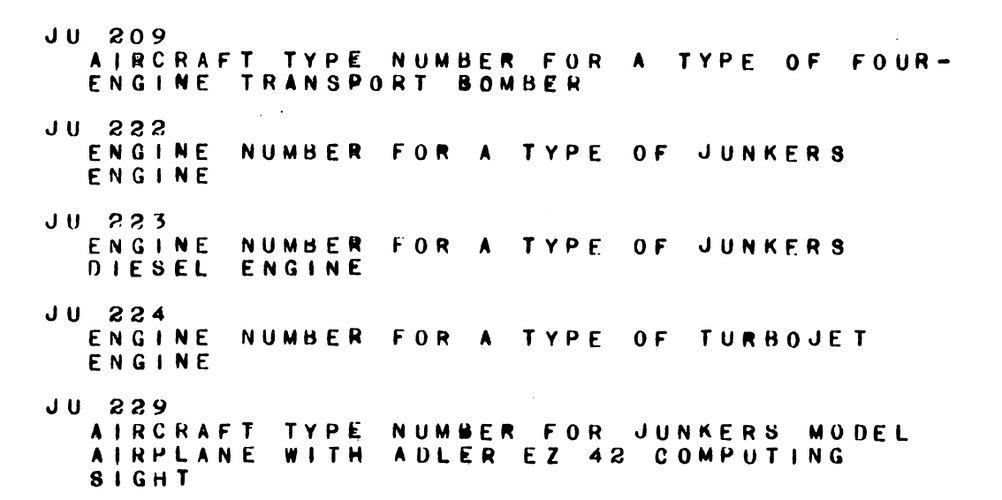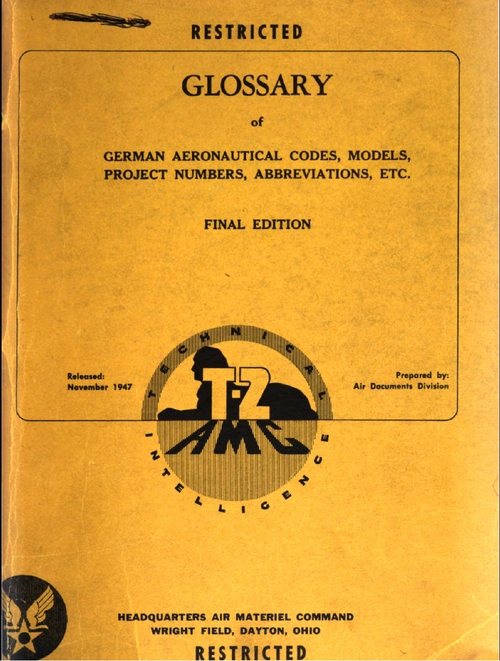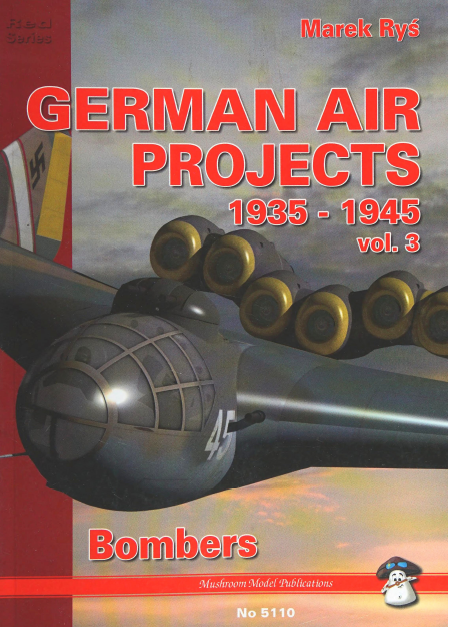»Die grundlegenden Entwurfsberechnungen ergaben, daß ein auf die vorliegenden Forderungen optimal abgestimmtes Flugzeug in den Grundabmessungen in der gleichen Größenordnung wie das seinerzeit von unserem Kollektiv in der SU entwickelte und im praktischen Flugbetrieb erprobte Flugzeugmuster 150 liegt. Zur Herabsetzung der Entwicklungszeit und des Entwicklungsrisikos wurde deshalb angestrebt, den aerodynamischen Gesamtaufbau sowie die wesentlichsten Elemente der Zelle der 150 im Aufbau sowie in der konstruktiven Gestaltung für das vorliegende Projekt zu übernehmen. Hierdurch war es möglich, im großen Umfange prinzipielle Untersuchungen und Vorversuche zur Klärung aerodynamischer, festigkeitsmäßiger und konstruktiver Fragen einzusparen. So stellt das vorliegende Projekt in bezug auf die aerodynamische Gestaltung und konstruktive Durcharbeitung eine Zweitausführung des erprobten Flugzeuges 150 dar, bei der alle bisherigen Entwicklungserfahrungen berücksichtigt werden konnten.
Zur Erfüllung der speziellen Forderungen für das vorliegende Projekt und zur weiteren Verbesserung der mit dem Flugzeug 150 erflogenen Flugleistungen und Flugeigenschaften waren im wesentlichen lediglich folgende größere Umstellungen am Gesamtprojekt gegeben:
1. Eine Vergrößerung der Flügelfläche um etwa 20% (bei gleichzeitiger entsprechender Vergrößerung von Höhen- und Seitenleitwerk) zur Sicherstellung der fürein Passagierflugzeug erhöhten Forderungen in bezug auf die Start- und Landestrecken.
2. Eine Verkleinerung der Pfeilung des Flügels von 35° auf 30°, die infolge der niedrigeren Geschwindigkeiten des Passagierflugzeuges zweckmäßig war.
3. Eine Vergrößerung der Rumpfabmessungen infolge des Raumbedarfs für die geforderten Nutzräume. Um ausreichende Flugsicherheit bei Triebwerksausfall sicherzustellen, wurde der Einbau von 4 Triebwerken projektiert, die so bemessen sind, daß sogar bei Triebwerksausfall während des Startvorganges der Flug fortgesetzt werden kann.«

